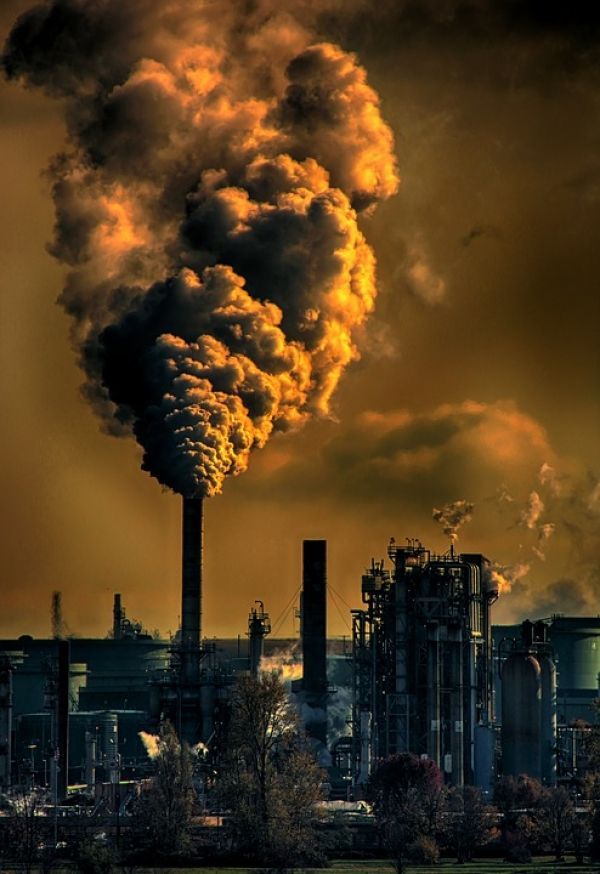Placing giant mirrors in orbit to reflect sunlight before it reaches Earth and launching millions of tons of sulfur into the stratosphere to simulate the effects of a major volcanic eruption are among the mind-boggling climate geoengineering projects that are starting to be considered as ways to mitigate the global warming caused by greenhouse gases.
The impact of this kind of initiative on global ecosystems remains highly uncertain. According to a “Comment” published in the journal Nature, the only certainty is that developing countries will be the most affected both by climate change and by any action taken to try to slow or stop the rise in global temperatures.
The text is signed by 12 scientists, from Bangladesh, Ethiopia, India, Jamaica, Kenya and Thailand, among other countries. Brazil is represented by Paulo Artaxo, Full Professor at the University of São Paulo’s Physics Institute (IF-USP) and a member of the steering committee for FAPESP’s Global Climate Change Research Program (RPGCC).
The authors of the article argue that solar geoengineering cannot be an alternative to reducing greenhouse gas emissions and urge caution: “We recognize its potential physical risks and socio-political implications. And we oppose its deployment until research into its safety and effectiveness has been completed and international governance mechanisms established. But we are committed to the co-production of research and to well-informed debate.”
Read more at Fundação de Amparo à Pesquisa do Estado de São Paulo
Photo Credit: FastFlash via Pixabay


